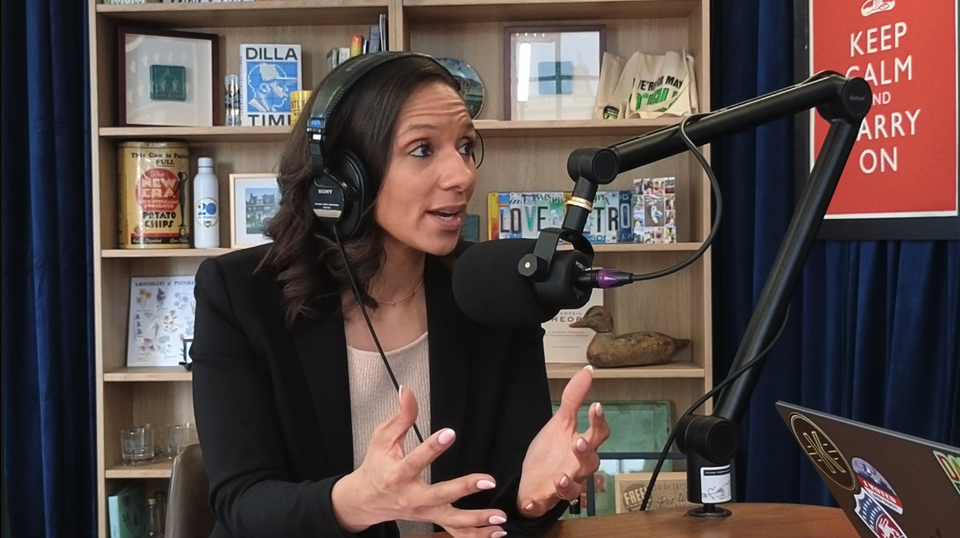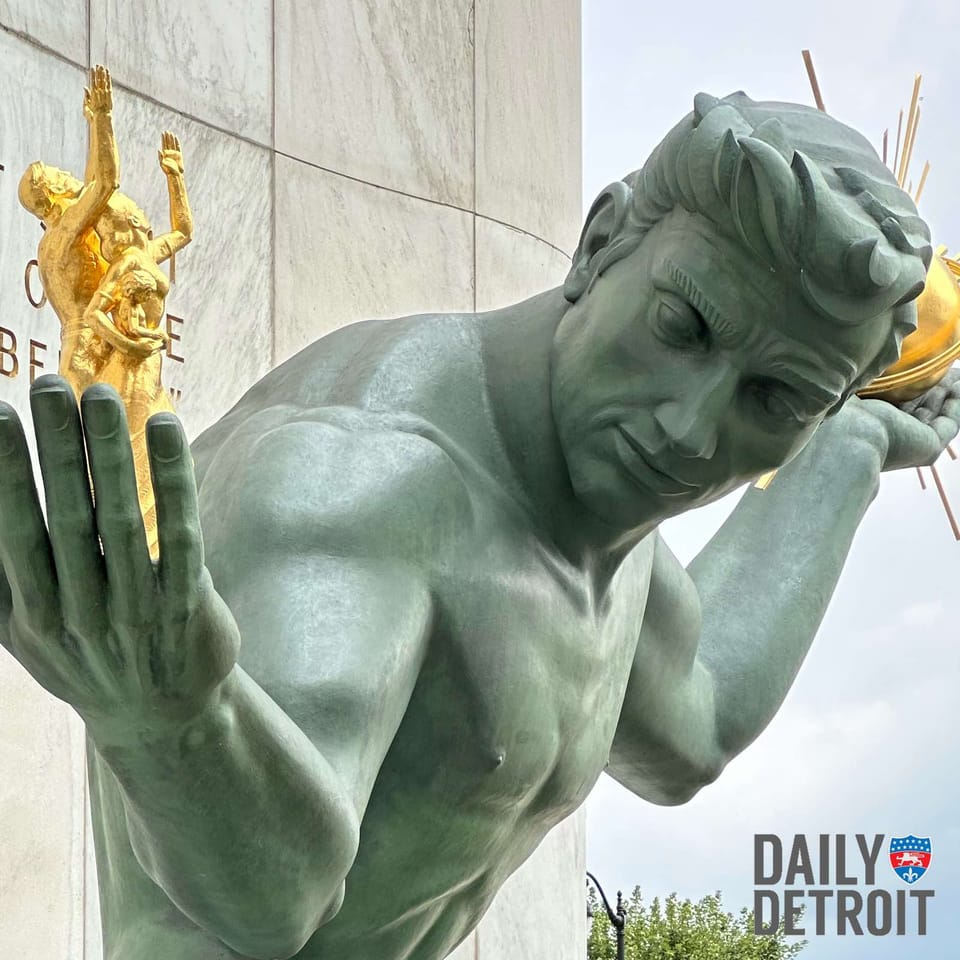If you listened to our recent episode on Amazon’s snub of Detroit (and you totally should), you’ll recall that the inclusion of Indianapolis among the 20 finalists for its HQ2 project was the topic of some surprise. Well, one of the reasons they made it was their efforts to develop 50 miles of Bus Rapid Transit and other improvements.
So we sent our correspondent Shianne Nocerini down to Indiana’s capital city to talk with Brian Luellen, vice president of public relations for IndyGo, the city’s transit agency, to find out what that city is doing right and compare and contrast our own (mostly failed) efforts here in Detroit.
“There’s been conversation about the need for enhanced transit for central Indiana for decades,” he said. “There was finally some private sector support, which helped catapult the conversation forward.” That might sound familiar to those of you who followed the story of our own mighty QLine.
Have a listen above. Here’s a rundown of the conversation:
7:25 — Luellen discusses how Indianapolis got its transit talks going about 10 years ago, including the Central Indiana Task Force
8:50 — We break down the support from the private sector
9:30 — Luellen discusses the Indy Connect initiative and private sector funding, plus the legislative history, and the 2016 ballot initiative that helped (mostly) fund IndyGo
11:30 — We break down some of the funding specifics, and compare it to local opposition to our own stalled Regional Transit Authority plan
12:47 — Luellen discusses Marion County service improvements, its hub-and-spoke system and how funding agreements in neighboring counties will change things
15:00 — On the public’s response and feedback to IndyGo’s scaled-back plan and how Indianapolis is the fastest-growing city for number of households without vehicles
18:00 — Jer points out that a quarter of Detroit households also don’t own cars and how our policies “institutionalize poverty”
19:40 — How transit “was a big selling point for Amazon in the site selling process”
20:25 — Will Indy’s transit plan actually help its citiizens and deliver on promises to deliver an economic boost? Luellen says Indianapolis is struggling with the “suburbanization of poverty” and the movement of jobs to the exurbs, though its downtown — like Detroit’s — is a vibrant employment cluster.
22:45 — We talk about not letting perfect be the enemy of the good, and the hub-and-spoke system that Indy is using
24:20 — Luellen discusses the long-range vision and $400 million price tag to build out the BRT system, plus the $54 million in annual income tax revenues to help cover operating costs
26:55 — Luellen on the projected economic impact of IndyGo’s transit plans, including plans for a before-and-after survey on the economic impact of the Red Line
29:15 — We bring it back home to talk about transit updates here in Detroit. Jer points out how our QLine — “the streetcar that leaves much to be desired” — pales in comparison to IndyGo’s BRT plans. Shianne discusses how BRT has helped economic development in Cleveland.
Here’s where to find us in Apple Podcasts, and please consider leaving us a review. It’d be so helpful! We’re also on Spotify, Stitcher Radio, and thanks to Podcast Detroit.













